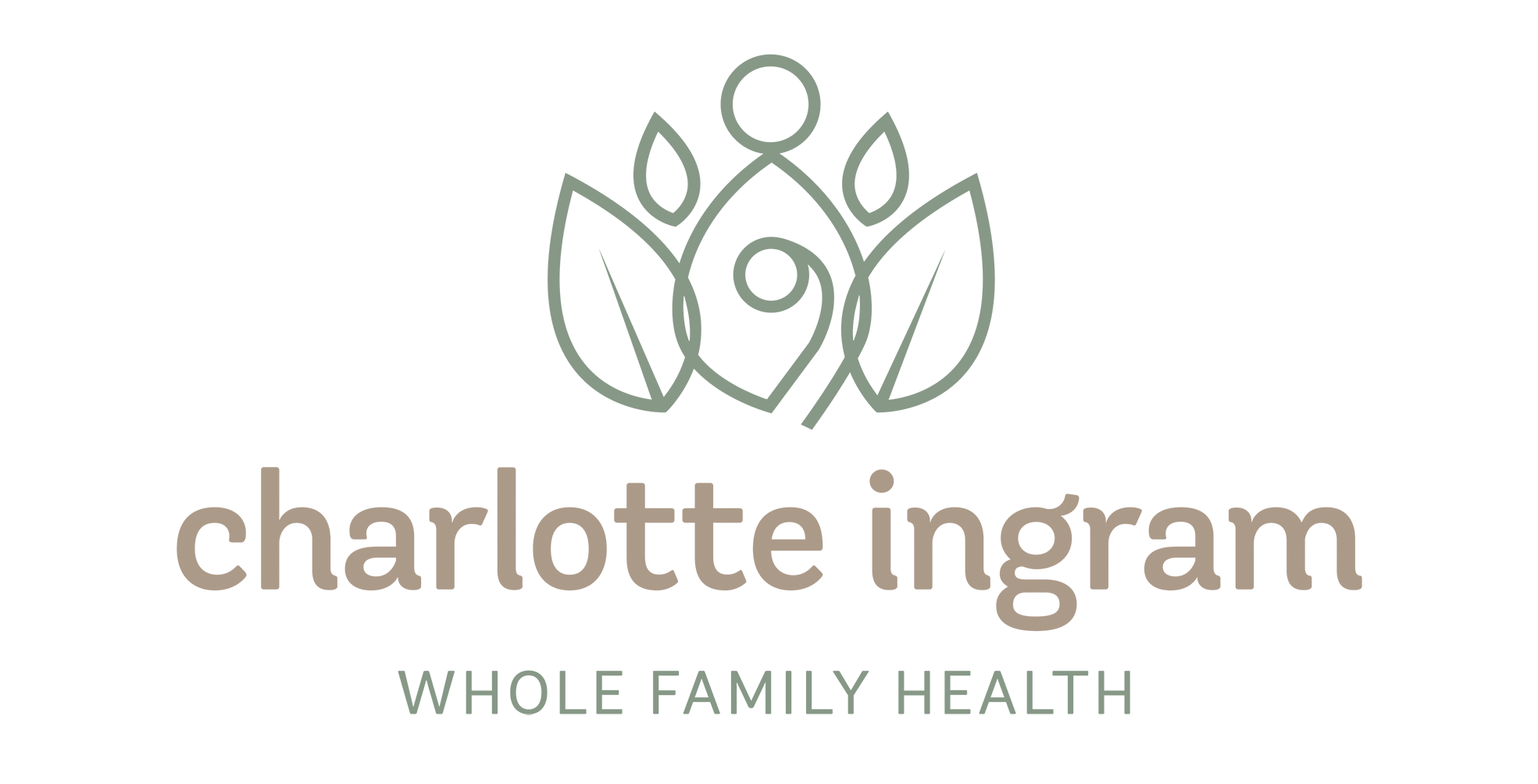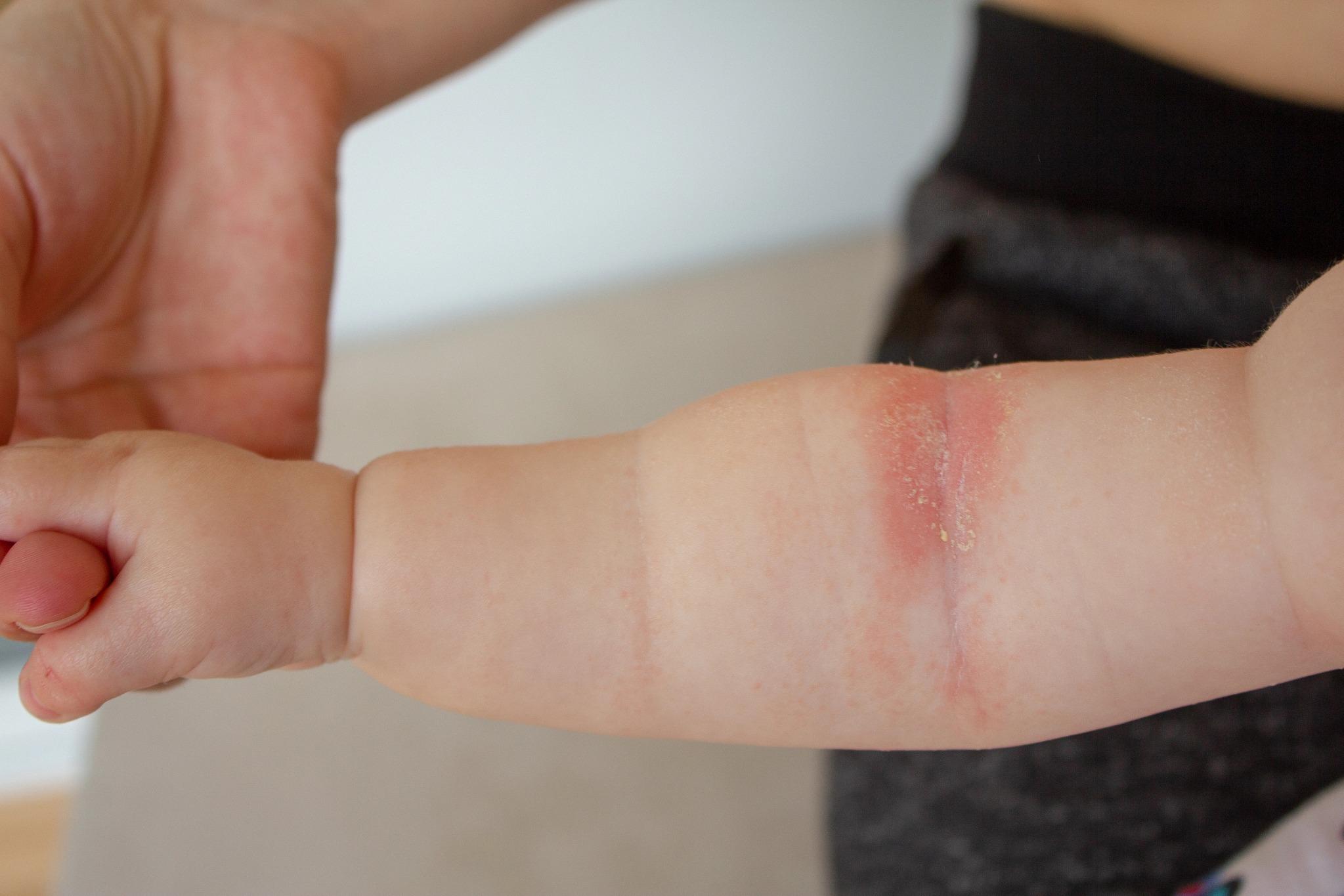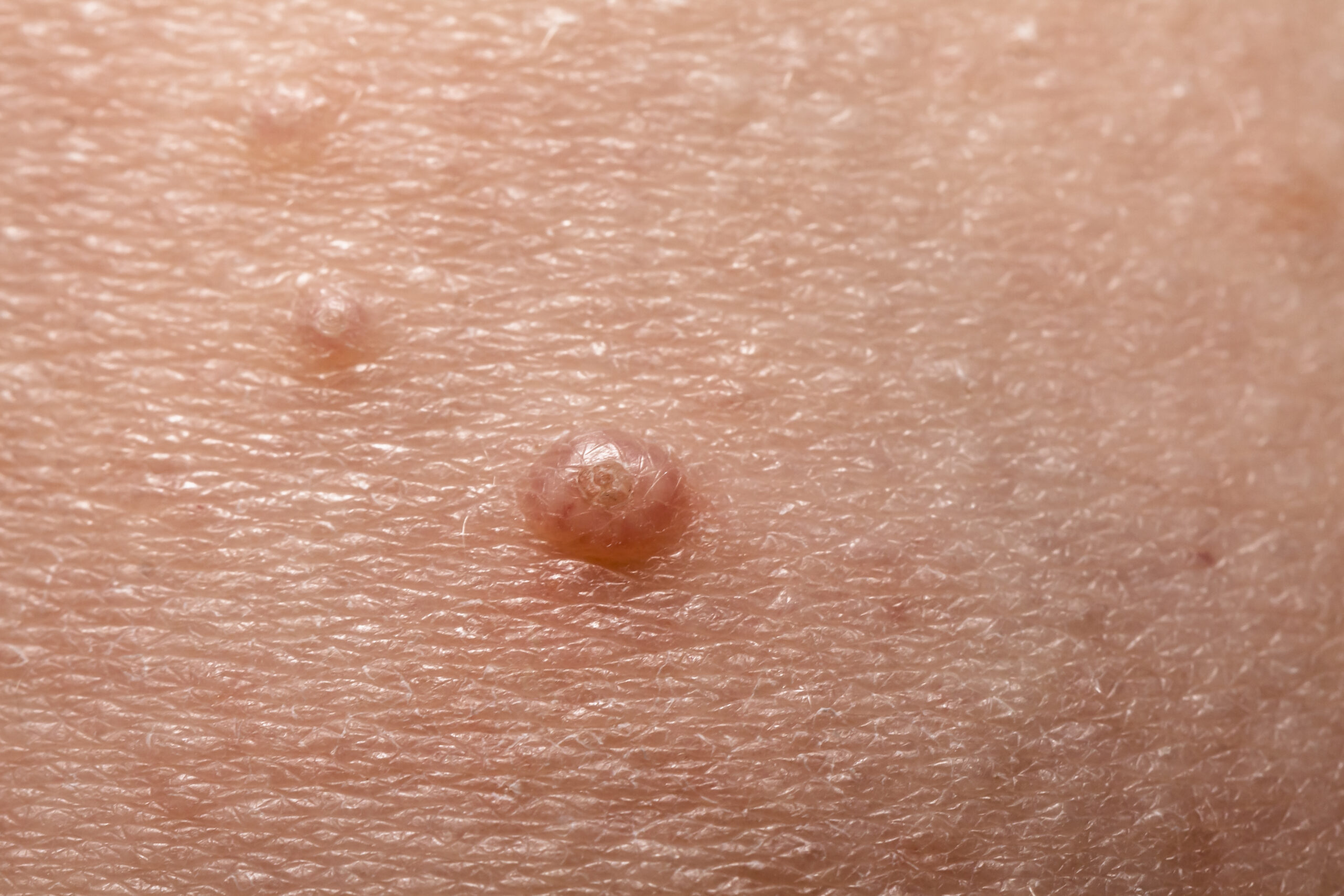Eczema (atopic dermatitis) is one of the most common reasons families book into my clinic. I often see parents who’ve tried topical steroid creams – only to have the rash flare again the moment they stop. Sound familiar? Let’s break down why that happens and what you can do next.
Why conventional allergy tests don’t tell the whole story
| Test type | What it measures | Why results can be misleading for eczema |
| Skin prick / RAST | IgE-mediated allergies | Childhood eczema is often non-IgE mediated, so results often come back “negative” even when food or environmental triggers are still driving symptoms. |
Because non-IgE reactions can fly under the radar, the current gold standard is an elimination diet and ‘challenge’. That said, pulling whole food groups can create nutrient gaps and childcare headaches, so I rarely start there.
First-line strategies before an elimination diet
- Optimise skin care
- Daily emollient application (twice daily is ideal)
- Avoid “natural” products with nut or seed oils – people with a compromised skin barrier can sensitise to food proteins.
- Reduce water irritants
- Install a chlorine filter on the bath or shower.
- Keep bath water lukewarm (around 32 degrees)
- Tackle environmental triggers
- Humidity: keep indoor humidity between 40-60%. High humidity = dust mite paradise
- Air purifiers: capture pollens, dust mite debris and airborne viruses
- Switch to low-tox cleaning products
- Focus on laundry detergents and multipurpose sprays – residues sit on clothes and sheets that rub against sensitive skin.
When diet is the hidden culprit
Common dietary triggers I see in clinic
- Cow’s milk protein (most frequent)
- Soy, egg, nuts, sesame
- Less common: corn, coconut, artificial colours and flavour enhancers (think “ribo rash”)
Baby having formula? We might trial a dairy free or other ‘free from’ formula.
Breastfed baby? We’ll consider removing the suspect food/s from the breastfeeding parent’s diet first.
Evidence-based naturopathic support
| Intervention | How it helps | Key considerations |
| Strain-specific probiotics | Calm the itch-scratch cycle and modulate immune responses | Choose clinically studied strains – “one-size-fits-all” blends rarely do the job |
| Prebiotics | Feed beneficial gut bacteria, crowd out trouble-makers | Especially useful if there’s a history of antibiotics |
| Targeted supplements via mum (if exclusively breastfeeding) | Bypass fillers/excipients that can irritate baby | May mean pausing baby probiotics or gripe waters while we reset |
For most families, a mix of environmental tweaks, pinpointing non-IgE food triggers, and gut-supportive probiotics and prebiotics is enough to restore the skin barrier – so you can finally retire the steroid cream.
Ready for personalised support?
I’d love to help you uncover your child’s unique triggers and craft an action plan.
👉 Check my availability and book your consultation here
Quick takeaways for busy parents and carers
- Many eczema flares are not true allergies, so standard tests can miss them
- Simple changes – better moisturising, filtered baths, low-tox cleaning – often calm the skin fast
- If diet is involved, cow’s milk is the usual suspect, but soy, egg or even food additives can play a role
- Evidence-based probiotics and prebiotics support the gut-skin axis and reduce itching






